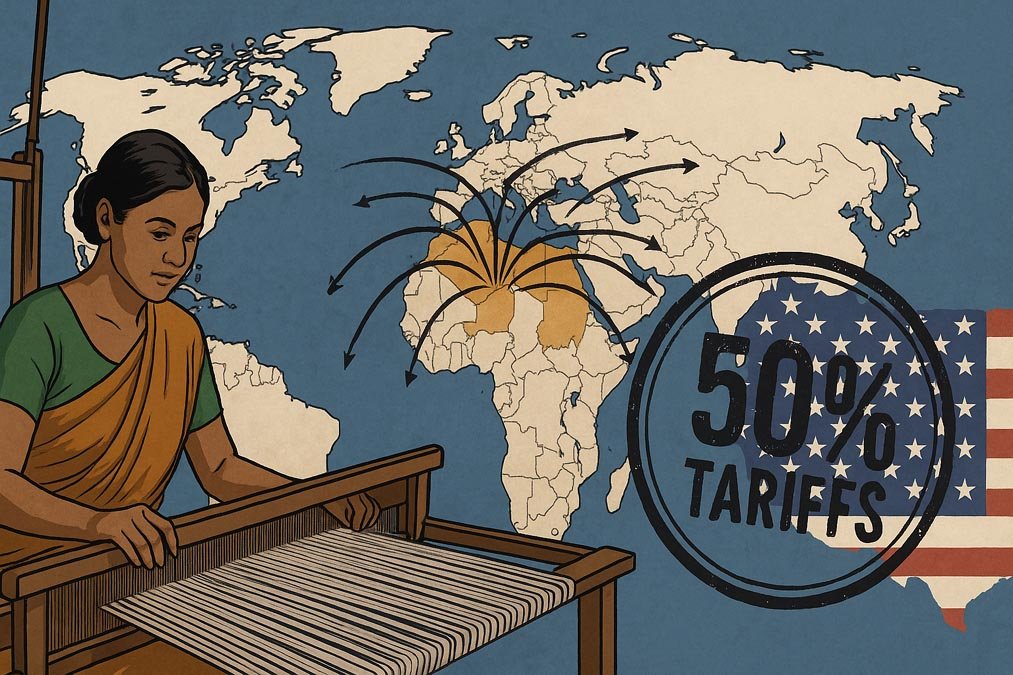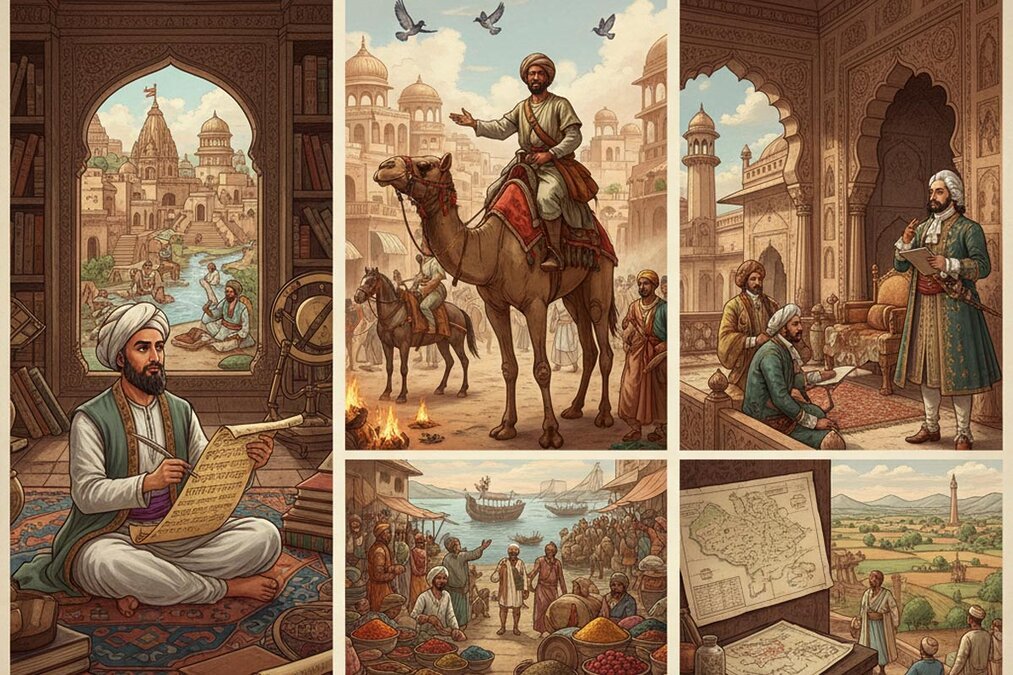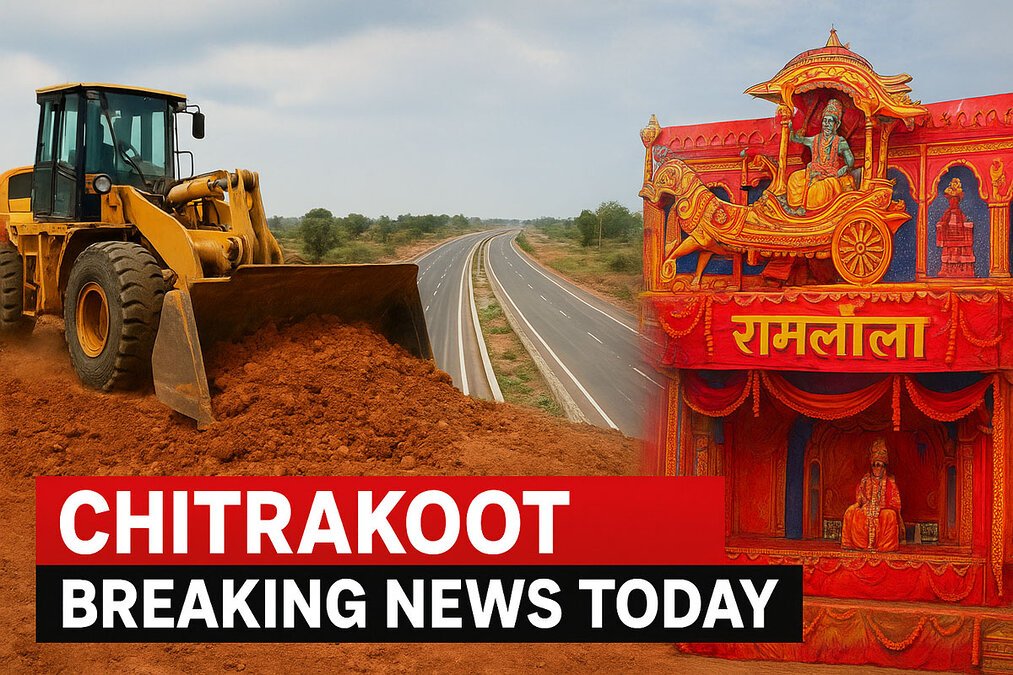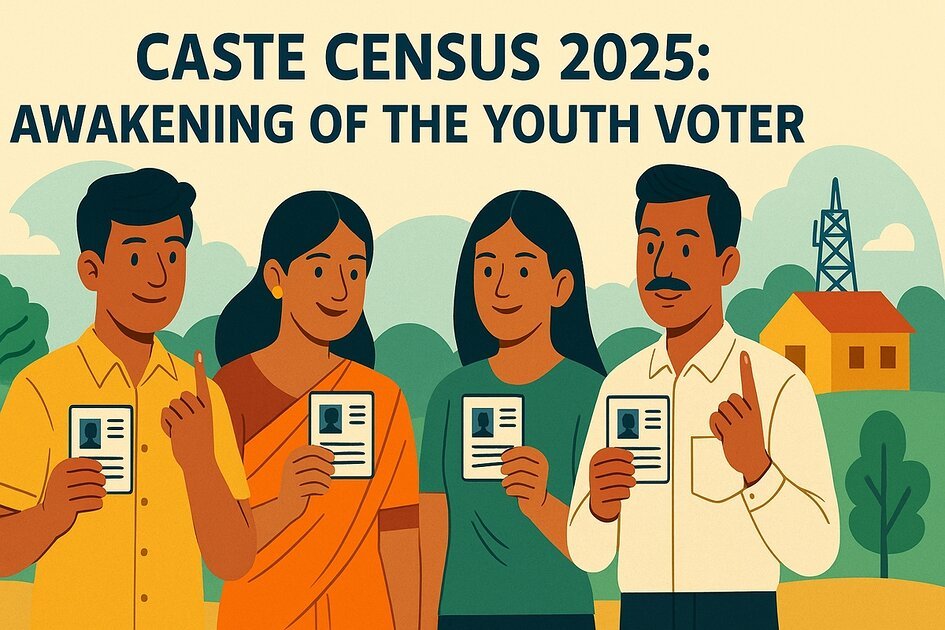India has entered a new phase in its trade battle with the United States. Following the Trump administration’s decision to double tariffs to 50% on Indian goods, the Government of India has swiftly announced its first counter strategy: a massive export push targeting 40 alternative markets across Europe, Asia, Africa, and Latin America.
This decision is not only about defending Indian textile exports but also about signalling resilience, adaptability, and confidence in the country’s manufacturing potential. At stake is more than just trade revenue. The livelihoods of millions of Indian workers, the reputation of Indian exports, and the broader question of how India positions itself in an increasingly fragmented global economy are all under scrutiny.
This move has raised a critical question for ordinary Indians: Will India’s diversification strategy really safeguard jobs and businesses, or will the 50% tariffs reshape the nation’s export dynamics forever?
Understanding Trump’s Tariff Shock
The U.S. tariffs announced in late August 2025 were not unexpected, yet their scale and timing took many by surprise. The Trump administration justified its decision by pointing to India’s continued purchases of discounted Russian oil and its trade surplus with the United States. The outcome was a steep increase from 25% to 50% duties on more than 55–66% of India’s $86–87 billion worth of exports to the U.S. (Reuters report).
The most affected sectors are those traditionally seen as India’s backbone in global trade:
- Textiles and apparel
- Gems and jewellery
- Leather goods
- Carpets and handicrafts
- Marine products such as shrimp
- Furniture and light manufacturing
For these industries, the U.S. is not just another market—it has historically been the single largest export destination. The fear now is that India could lose competitiveness overnight against rivals like Bangladesh, Vietnam, and Mexico, who enjoy lower tariff barriers.
For a detailed breakdown of the timeline leading to this clash, readers may refer to India–US tariffs news coverage.
India’s Counter: Textile Exports to 40 Countries
In response, New Delhi has launched what it calls a “strategic export redirection plan.” The Ministry of Commerce and the Ministry of Textiles have identified 40 countries across different continents where India will promote textile exports aggressively. These include:
- Major developed markets like the United Kingdom, Japan, and South Korea
- Growing economies in Africa and Latin America
- Potential new allies in Southeast Asia
Export Promotion Councils (EPCs) have been tasked with conducting trade missions, negotiating logistics partnerships, and strengthening participation in Free Trade Agreements (FTAs). The government is also fast-tracking new bilateral trade talks, particularly with countries where Indian textiles already enjoy a reputation for quality but lack scale (Times of India report).
This counter is being described as India’s first major attempt to reduce dependency on the U.S. market, which has often been vulnerable to political fluctuations.
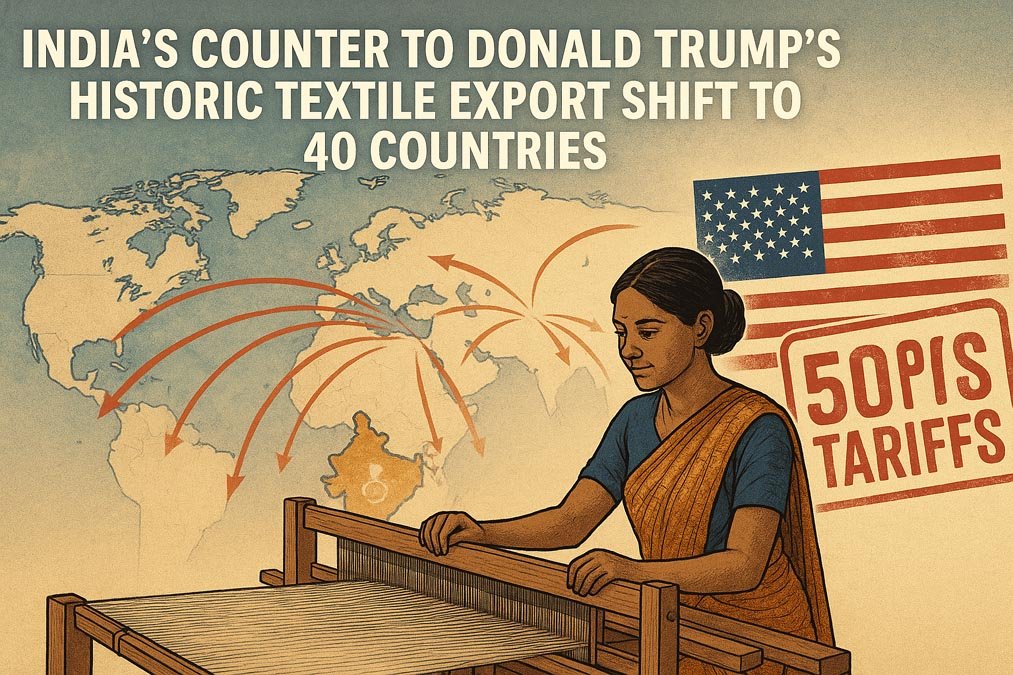
Why Textiles Are at the Centre of the Strategy
India’s textile industry is not just an economic sector—it is a socio-economic lifeline. The sector employs more than 45 million people directly and 60 million indirectly, making it the country’s second-largest employer after agriculture. Women form a significant share of the workforce, particularly in garment factories across Tamil Nadu, Karnataka, and Gujarat.
By focusing on textiles, the government hopes to:
- Protect jobs and prevent large-scale layoffs.
- Maintain export earnings, which are vital for India’s current account balance.
- Showcase India’s competitive edge in sustainable fabrics, traditional designs, and cost-effective apparel manufacturing.
The goal is to achieve $100 billion in textile exports by 2030, a target that now looks both urgent and ambitious (Economic Times coverage).
Global Trade Dynamics and India’s Opportunity
While the tariffs pose a serious challenge, they also open a new question: Can India use this crisis to accelerate its diversification and emerge stronger?
Consider the global picture:
- Western markets are seeking China-plus-one strategies to reduce dependence on Beijing.
- Developing regions in Africa and Latin America are witnessing a boom in middle-class consumption.
- Free Trade Agreements with the UK, EU, and Australia are in advanced stages.
India’s repositioning could allow its exporters to tap into these trends and reduce vulnerability to unilateral U.S. actions. A broader analysis of these global political shifts suggests India has a unique window to expand influence through trade diplomacy.
The Political Angle
Trade is never just about economics. The Trump administration’s tariffs are widely seen as a pressure tactic linked to geopolitical shifts, especially India’s neutral stance on the Russia–Ukraine war. By punishing India’s exports, Washington may be attempting to test New Delhi’s resolve.
For India, however, the challenge is to show both its domestic population and international partners that it will not buckle under external pressure. The decision to expand into 40 new markets is as much a political message of self-reliance as it is an economic one.
India’s approach also aligns with its evolving role in the BRICS expansion of 2025, where it seeks to balance Western pressure with emerging global alliances.
Impact on Indian Businesses and Workers
The immediate concern for businesses is cash flow and order volumes. Exporters in Surat, Tiruppur, and Panipat have already reported cancelled or delayed orders from U.S. buyers. Small-scale artisans in Jaipur and Bhadohi, dependent on carpet exports, fear that they may not survive if alternative markets are not quickly secured.
Workers, too, are anxious. For many women working in textile hubs, the U.S. market has provided stable demand. A sharp fall in exports could lead to layoffs, wage cuts, and factory shutdowns. This is why the government’s counter-strategy is being watched closely—not just in boardrooms but also in the everyday lives of Indian families.
Challenges in Diversification
While the idea of reaching 40 countries is ambitious, it comes with hurdles:
- Logistical costs: Shipping to Latin America or Africa is far more expensive than to the U.S.
- Regulatory barriers: Each country has its own quality standards and compliance norms.
- Market penetration: Competing with established players in new regions requires marketing, branding, and investment.
- Currency volatility: Payments and forex risks could rise as exporters move beyond the dollar-dominated U.S. market.
These challenges raise the crucial question: Will diversification really compensate for the loss of the U.S. market, or will India’s industries face long-term pain before gains materialise?
What Does This Mean for Ordinary Indians?
For the average Indian citizen, tariffs and trade wars can feel distant. Yet, the consequences will be visible in everyday life:
- Employment: A slowdown in textiles could affect millions of households.
- Prices: If exporters divert goods to the domestic market, it could influence local prices of apparel and fabrics.
- Economic growth: Export revenues fund infrastructure, healthcare, and social welfare schemes. A sharp decline would strain government resources.
Therefore, this is not merely a battle between New Delhi and Washington—it is a test of India’s resilience and adaptability at the grassroots level.
Frequently Asked Questions (FAQs)
Why has Donald Trump increased tariffs on Indian exports?
The Trump administration cited India’s trade surplus with the U.S. and its continued purchases of Russian oil as key reasons. However, analysts view this as part of broader geopolitical manoeuvring (Global Paramount–Trump settlement context).
Which Indian sectors are most affected by the 50% tariffs?
The hardest-hit sectors include textiles, gems and jewellery, leather, carpets, seafood, and furniture—industries employing millions of Indians.
How is India responding to the tariffs?
India has launched its first counter-strategy by promoting textile exports to 40 alternative markets across Asia, Europe, Africa, and Latin America. Export Promotion Councils and Free Trade Agreements are being mobilised to achieve this goal.
Will these measures protect jobs in India?
The government hopes diversification will safeguard employment, but experts warn of short-term disruptions before new markets fully absorb the redirected exports.
What does this mean for consumers in India?
Domestic prices for textiles and apparel may fluctuate depending on how much surplus stock is redirected from export markets back to India.
Is India planning further countermeasures against the U.S.?
At this stage, the government is focusing on diversification rather than retaliation. However, future strategies may include tariff negotiations or seeking relief through global trade forums.
A Turning Point for Indian Exports
India’s decision to pivot towards 40 new countries marks a significant turning point in its trade policy. The crisis triggered by Donald Trump’s 50% tariffs has exposed vulnerabilities but also opened opportunities. For the textile industry—and indeed for the wider export ecosystem—this is a defining moment to prove resilience, innovation, and global competitiveness.
Whether this counter-strategy succeeds will depend on swift execution, market adaptability, and government support. For now, India’s message is clear: it will not allow its industries to be held hostage by the politics of tariffs.
As ordinary Indians ask whether this move will truly secure jobs and exports, one thing is undeniable: the story of India’s trade future is being rewritten before our eyes.

